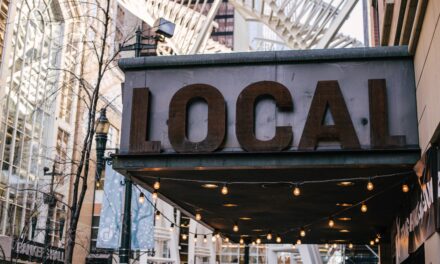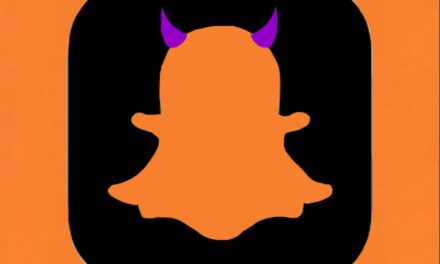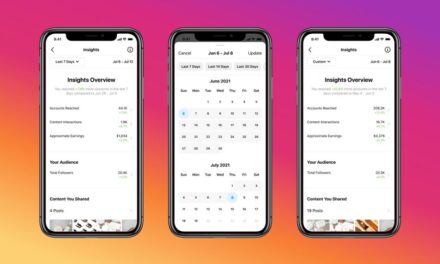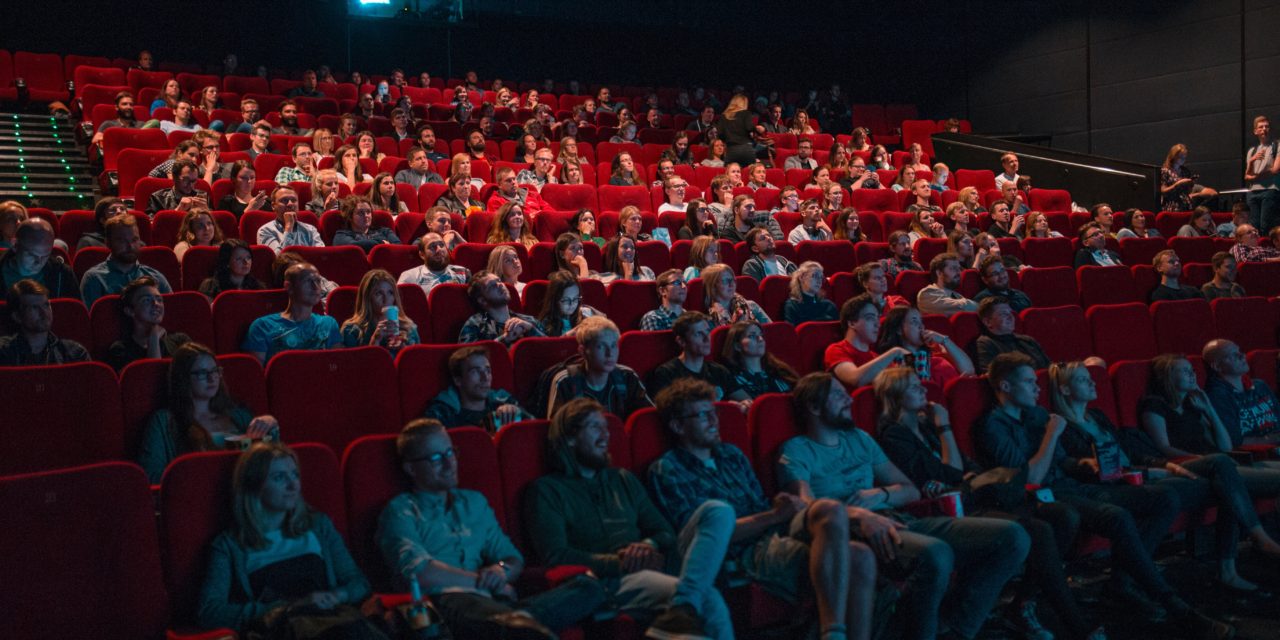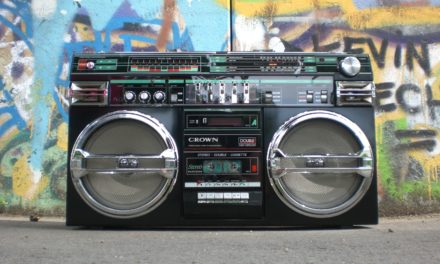By Erica Sweeney, from Marketing Dive
Dive Brief:
- Digital media drove 46% of movie box office revenue, despite making up just 14% of studio marketing budgets, according to findings of new research from Neustar shared with Marketing Dive. The study consisted of an analysis of more than 70 U.S. movies across different marketing channels, including TV, online, display, online video, paid Facebook ads, out-of-home, radio, print and paid search, representing $1.8 billion in total marketing spend.
- TV accounted for 82% of marketing budgets and was responsible for driving just 42% of media-driven box office revenue. The report suggests that if film studios shifted 6% of their TV spend to digital media, it would boost box office revenue by 7%.
- Facebook paid media made up 4% of movie media budgets, but accounted for about 9% of opening box office revenue and 20% of marketing-driven sales. Every dollar spent on Facebook brought a nearly $8 return on ad spend. Studios saw six-times more returns with Facebook paid media for action and family film genres, and seven-times more for top box office performers. Facebook paid media drove 6% of film-specific Google search activity and 50% of viral film impressions.
Dive Insight:
As studios are focused on attracting moviegoers, the Neustar study makes a strong case for why marketers should consider shifting more of their marketing budgets to digital media to more efficiently drive box office revenue. Investing more in digital media could help studios better target younger viewers and compete with the video streaming platforms that millennial and Gen Zer audiences often prefer. Movie theater attendance in the U.S. and Canada dropped 5.8% in 2017 with 1.24 billion tickets sold, and domestic revenue dropped 2.7% to $11.1 billion, according to a report at The Verge.
Devoting more than 80% of marketing budgets to TV may not make as much sense as it did in previous years, as the rate of cord cutting is accelerating and viewership of live TV is declining. Viewers are instead spending more of their time on mobile devices and engaging with social media content. As the Neustar study shows, Facebook media was the most efficient paid digital media for film studios. Facebook represents 46% of all video ads created, a share that jumps to 74% when video ads from its photo-sharing app Instagram are factored in, according to Clinch research. Google’s YouTube represents 41% of the video ad market.
The research demonstrates that efficacy of optimizing ad spend with digital at the forefront. Next year, 64% of marketers plan to increase their digital marketing budget “marginally,” and 24% plan to increase budgets significantly to boost customer acquisition, according to Ascend2. Digital ad sales grew 17% in 2018, 1.5% more than previously forecast, reaching $251 billion, which represents 45% of global ad revenue, according to with winter 2018 update to Magna Advertising Forecasts. Non-digital ad sales, including linear TV, were flat at 0.2% growth at $301 billion.





